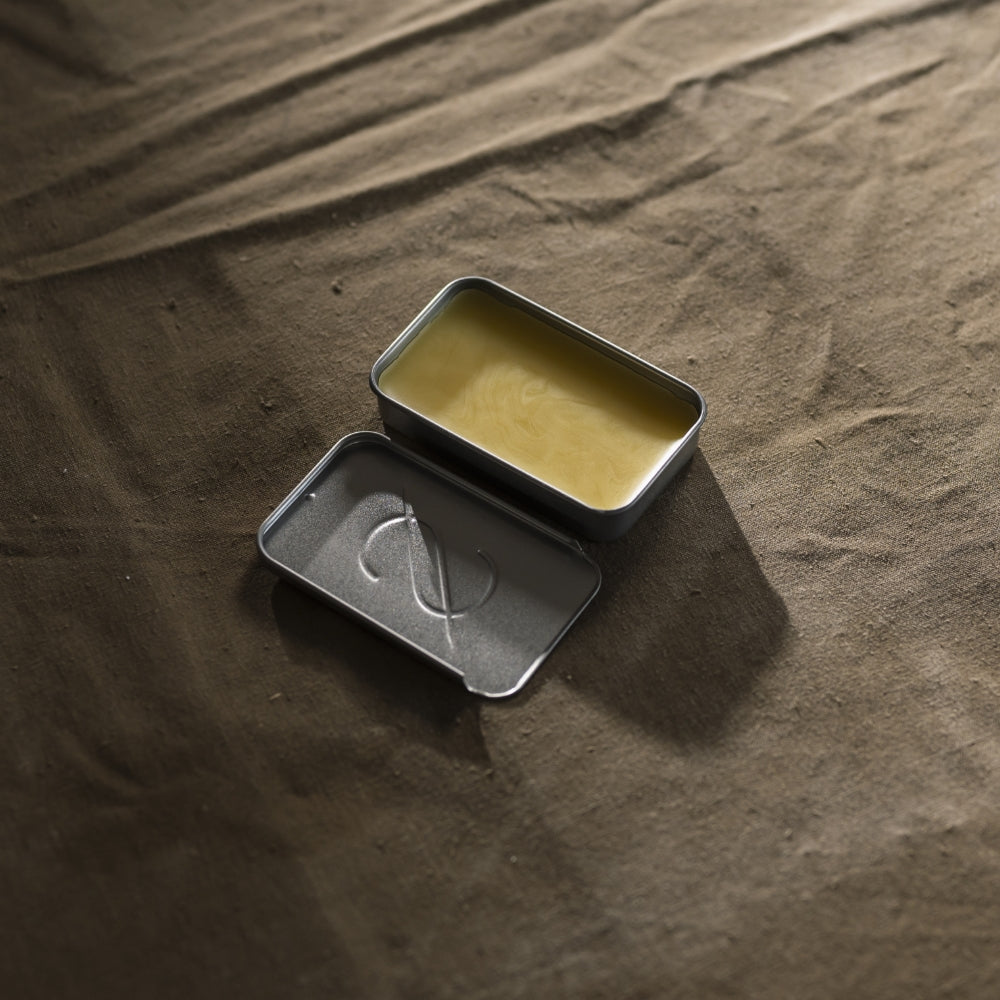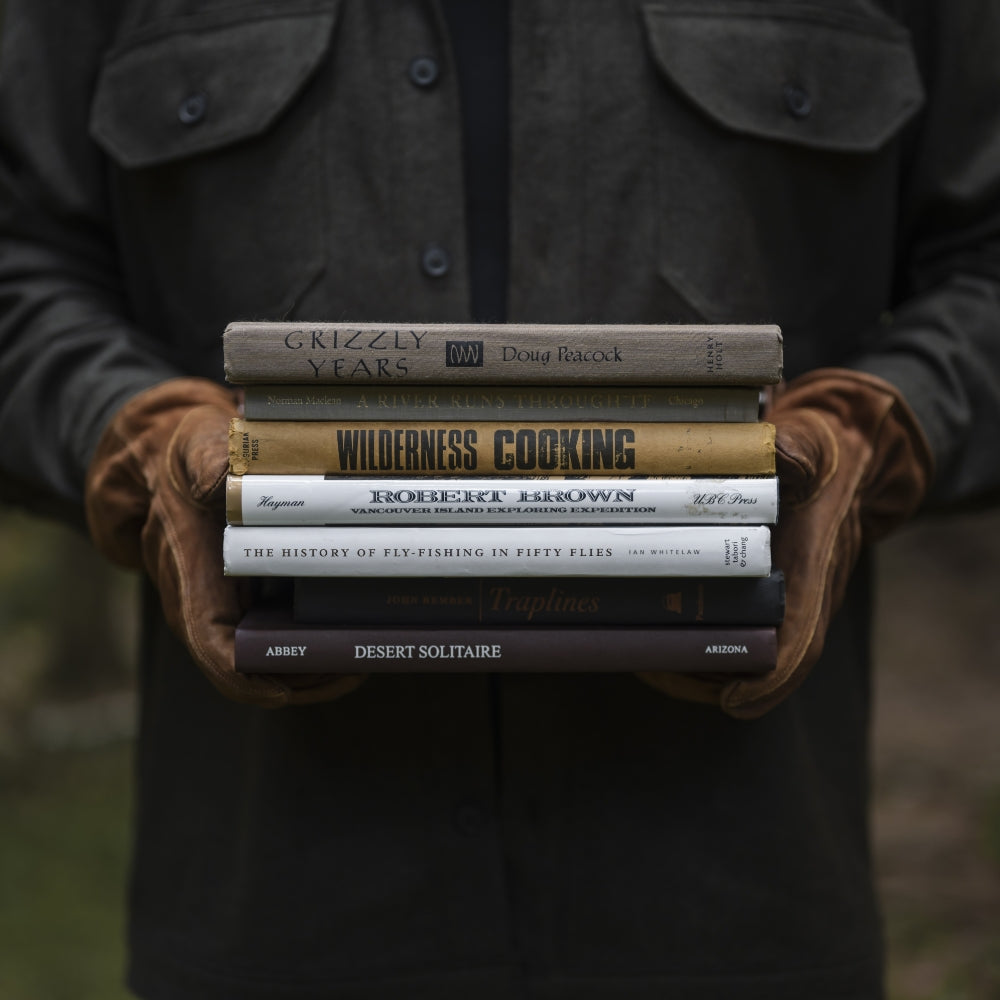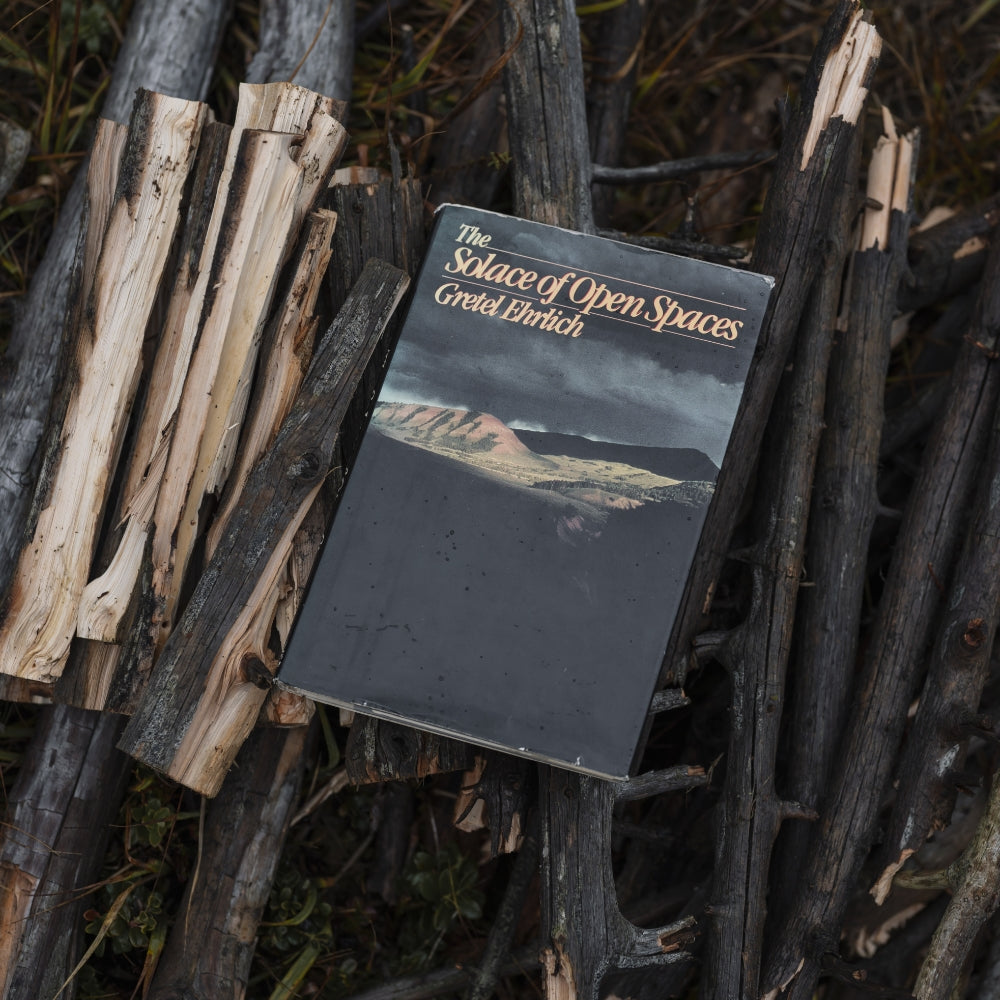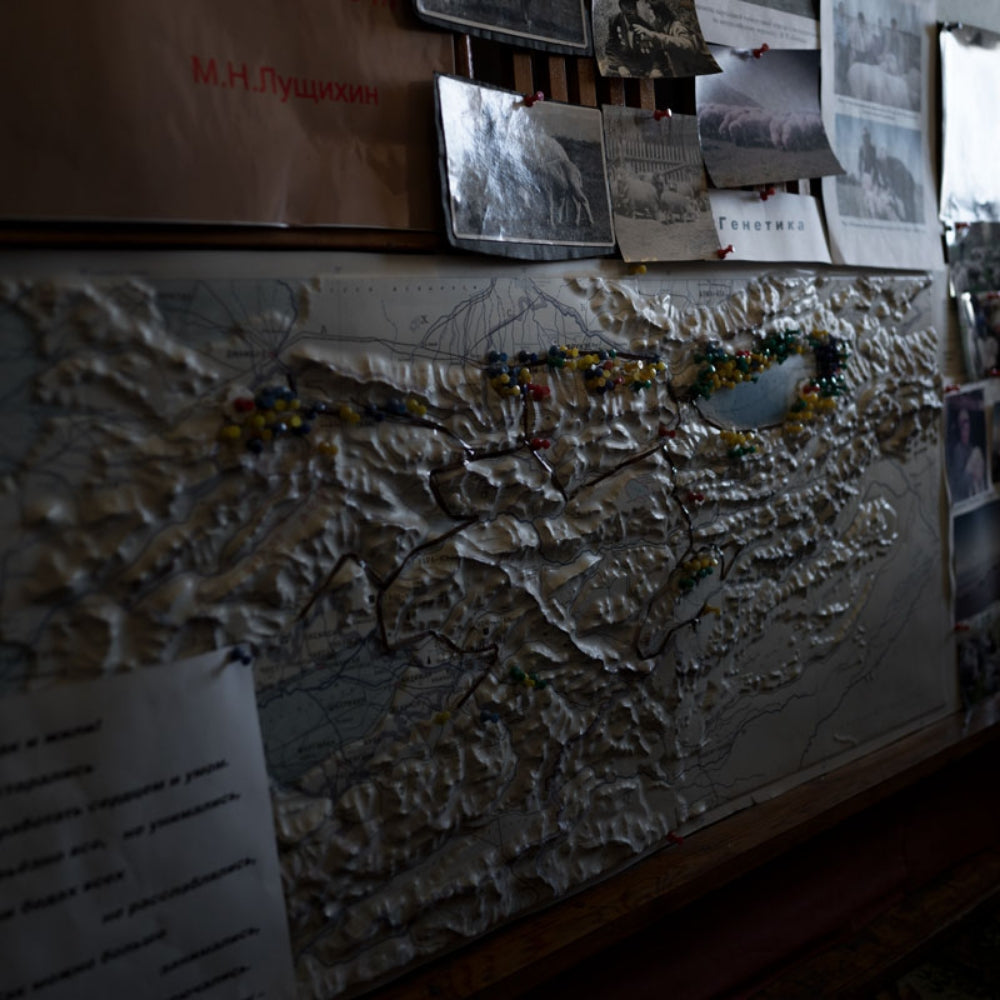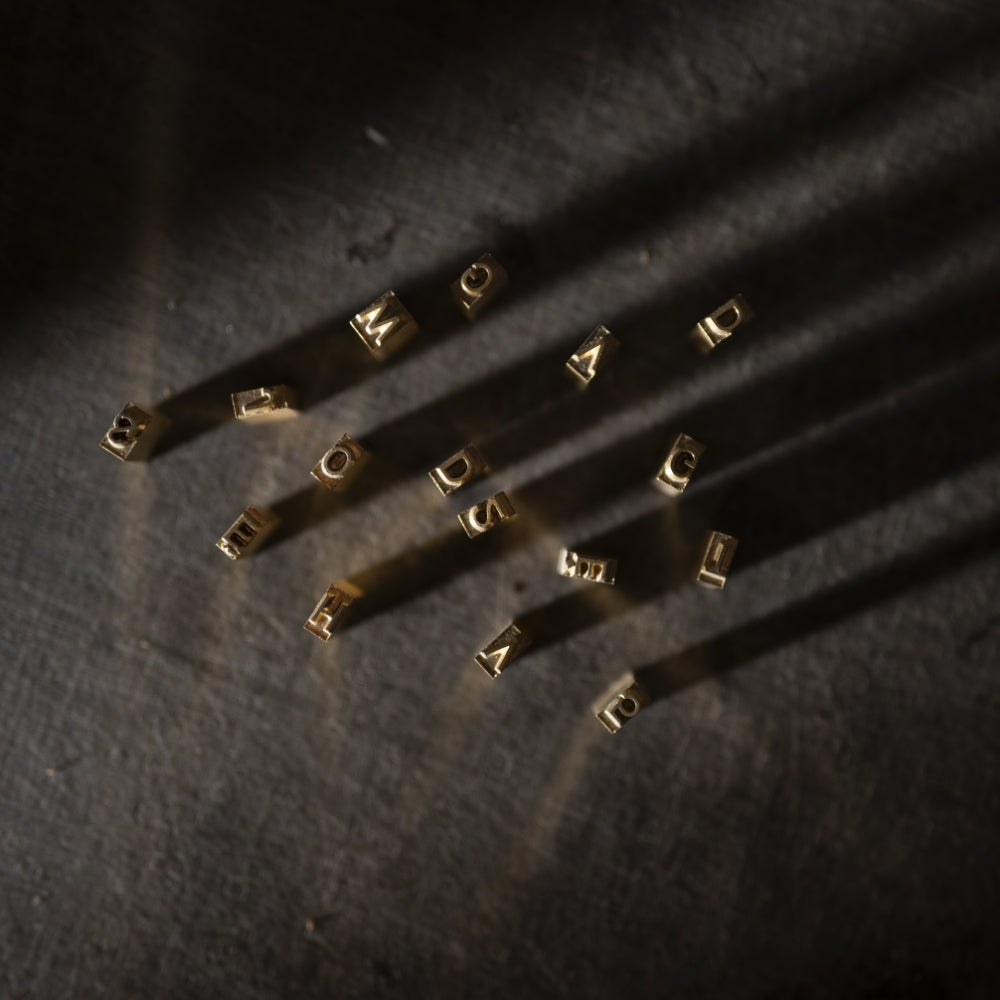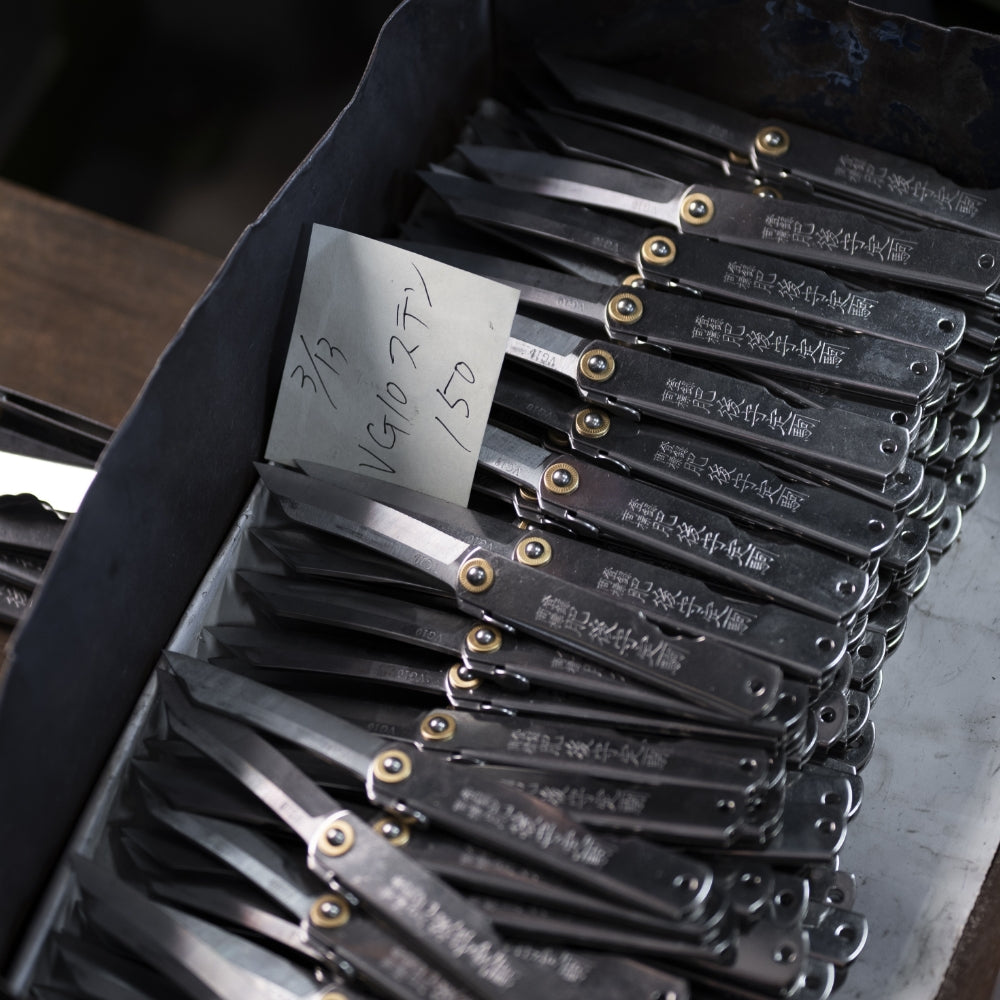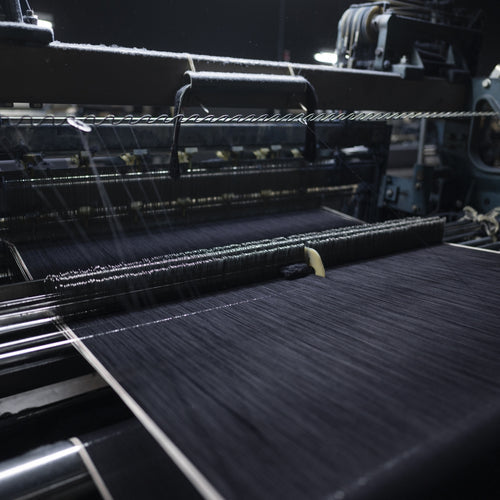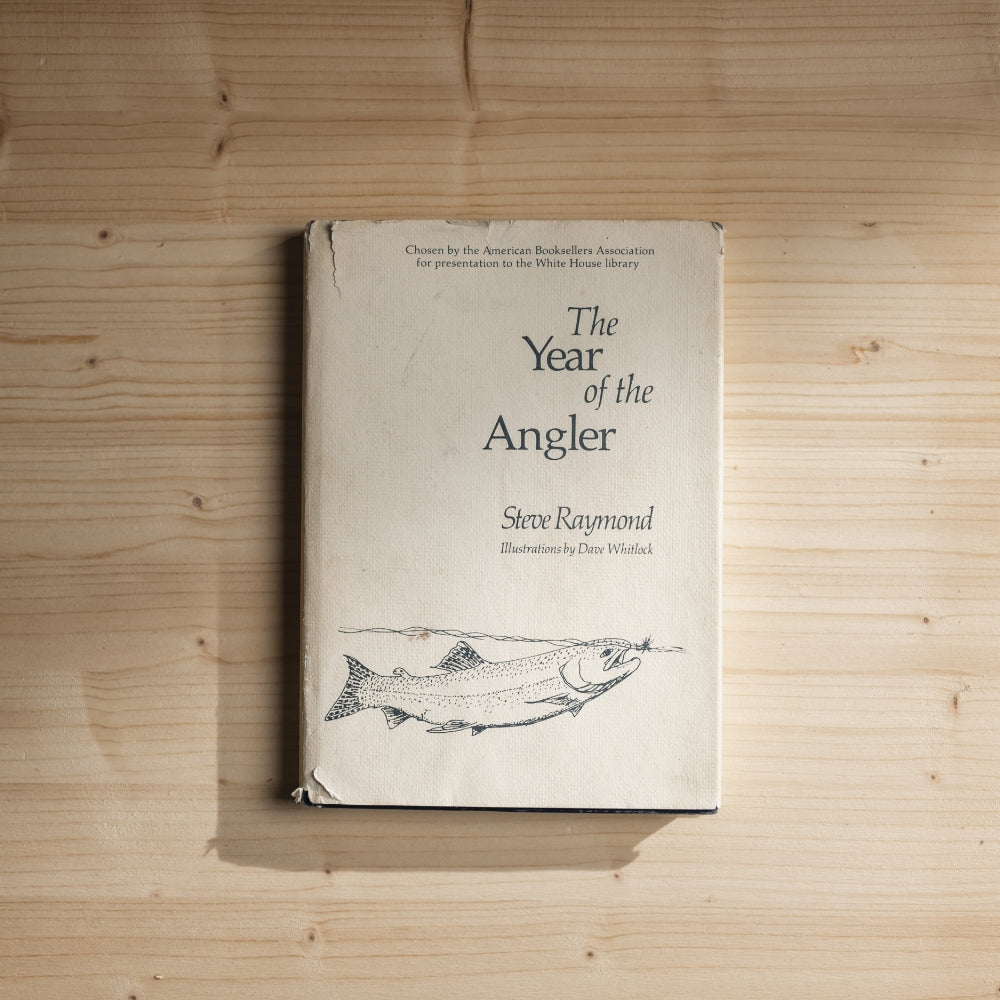Camp Cookery by Horace Kephart stands as a foundational text for anyone serious about mastering the art of outdoor cooking. First published in the early 20th century, this book has been a trusted companion for generations of campers, hikers, and backcountry adventurers. Kephart, a revered figure in the American outdoor tradition, offers not just recipes, but a philosophy of cooking that is deeply rooted in practicality, simplicity, and a profound respect for the wilderness.

Horace Kephart, who is perhaps best known for his seminal work Our Southern Highlanders, was a man who lived and breathed the outdoors. His transition from librarian to one of America’s foremost wilderness experts was driven by a desire to reconnect with nature, and this connection is palpable in every page of Camp Cookery. Kephart’s approach to camp cooking is born out of necessity and refined through countless nights under the stars, where the success of a meal often depended on resourcefulness and an intimate understanding of the natural environment.
The book is meticulously organized, starting with the basics that every outdoor cook needs to know. Kephart begins by teaching the essentials—how to build and manage a fire for cooking, the types of cookware that are worth their weight in a pack, and the importance of selecting the right ingredients when your options are limited to what you can carry or forage. His advice on these topics is as relevant today as it was over a century ago, making Camp Cookery a timeless guide.
Kephart’s recipes are the heart of the book, and they reflect his deep understanding of the challenges and rewards of camp life. He offers practical, no-nonsense instructions for preparing staples like flapjacks, bacon, and coffee—the kind of hearty fare that fuels long days of hiking and exploration. But Kephart doesn’t stop at the basics; he also includes instructions for more elaborate dishes like stews, roasts, and even pies, all crafted to be made over a campfire with minimal tools. His method for making “Hunter’s Stew,” a slow-cooked mix of whatever game and vegetables are on hand, exemplifies his approach: simple, flexible, and deeply satisfying.
What sets Camp Cookery apart is Kephart’s emphasis on making do with what you have. In an era long before lightweight gear and freeze-dried meals, Kephart taught campers how to thrive using basic ingredients like flour, cornmeal, and dried beans, along with whatever nature provided. His instructions for making bannock, a simple bread cooked on a flat stone or frying pan, are as straightforward as they are ingenious, showing how even in the most rugged conditions, a good meal is always within reach.
Kephart also provides invaluable tips on food preservation and storage, which were essential skills for extended stays in the wilderness. His advice on drying meat, keeping perishable foods cool, and packing provisions to prevent spoilage reflects the hard-earned wisdom of someone who has spent long stretches in the backcountry.
Beyond the practical advice, Camp Cookery is imbued with Kephart’s deep love for the wilderness. His writing captures the simple pleasure of cooking and eating in the great outdoors, whether it’s the smell of coffee brewing at dawn, the satisfaction of a hot meal after a day of trekking, or the camaraderie that comes from sharing food around a campfire. Kephart’s reflections on these experiences evoke a deep sense of connection to nature and to the simpler, more intentional way of life that camping encourages.
Camp Cookery by Horace Kephart is not just a cookbook; it’s a manual for living well in the wild. Kephart’s wisdom, born from a life spent in the outdoors, makes this book an essential guide for anyone looking to improve their camp cooking skills or simply connect more deeply with nature. His detailed instructions, combined with his respect for the natural world, make Camp Cookery a timeless resource for both novice and experienced campers.
As Kephart succinctly puts it, The camp cook who has learned to make good things out of seemingly nothing is the one who really knows his craft. This book teaches exactly that—how to turn basic ingredients into meals that not only sustain but also enrich the experience of being in the wilderness. Camp Cookery remains a must-read for anyone who loves the outdoors and wants to savor every moment spent in nature, one meal at a time.

